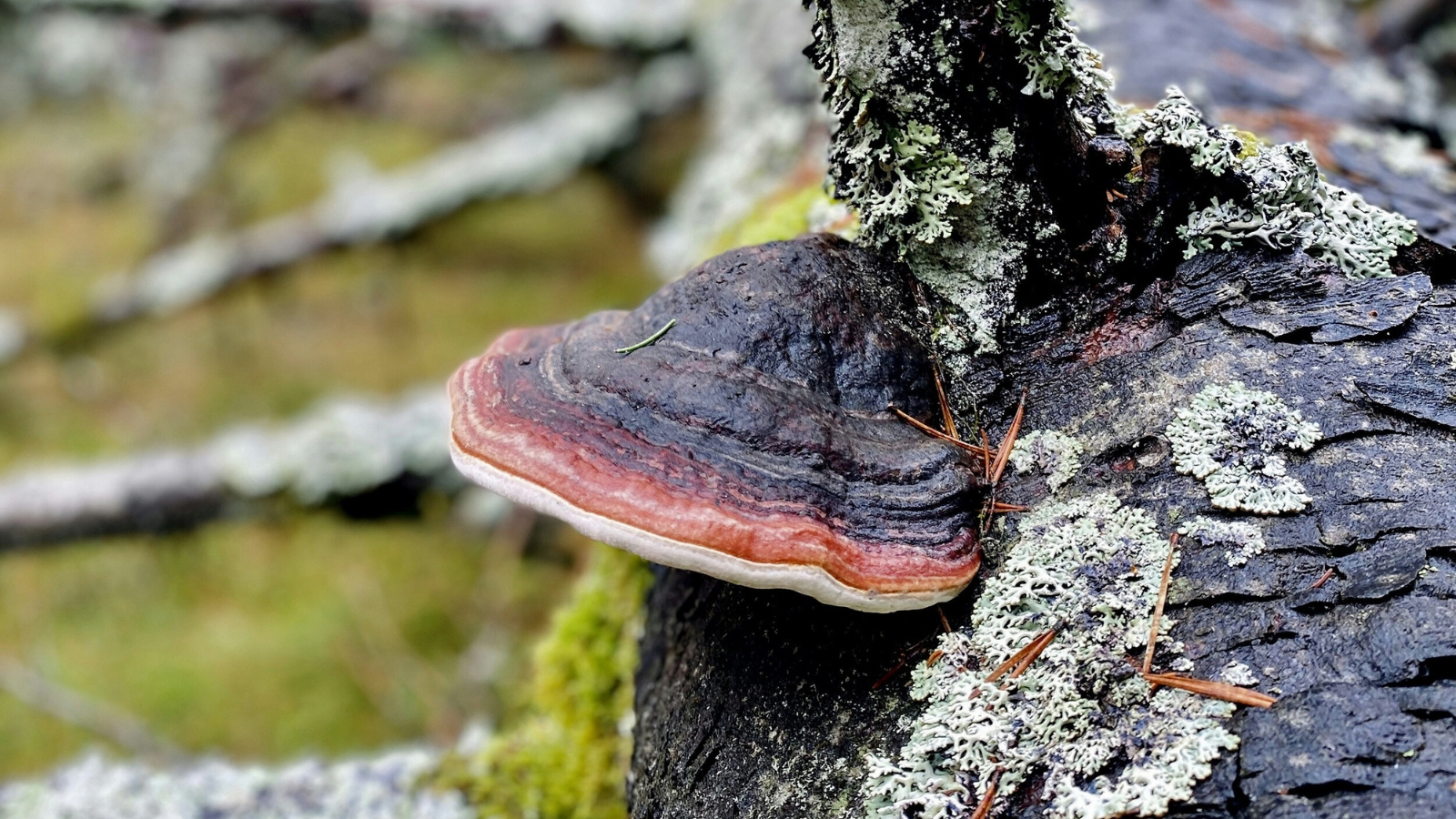In the ancient forests of the Pacific Northwest, a captivating fungus known as the Agarikon mushroom (Fomitopsis officinalis) thrives. This peculiar species has intrigued scientists, healers, and nature lovers for generations. In this comprehensive guide, we’ll explore the intriguing world of the Agarikon mushroom, discussing its background, characteristics, potential medicinal properties, and the challenges it faces in the modern world.
What Is the Agarikon Mushroom?
The Agarikon mushroom is a remarkable polypore fungus prized for its medicinal properties. Classified under the Fomitopsidaceae family, this bracket-like mushroom grows on the trunks of various tree species, particularly conifers such as fir and larch trees.
Natural Habitat and Geographic Distribution
These incredible fungi are found predominantly in the old-growth forests of the Northern Hemisphere, including regions of North America, Europe, and Asia. They thrive in moist, temperate environments and play a vital role in decomposing dead or dying trees, contributing to the overall health of forest ecosystems.
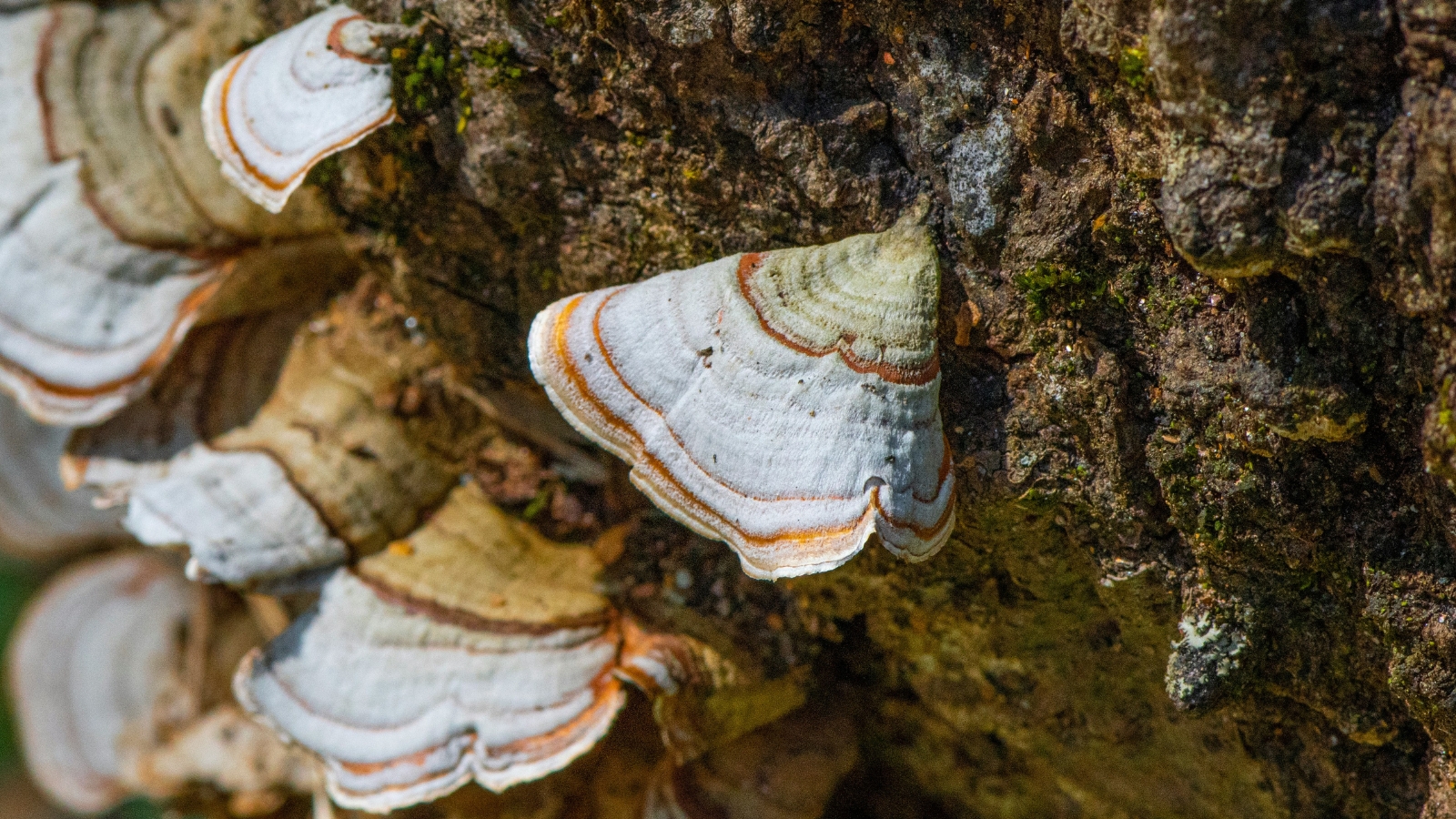
Identifying Agarikon Mushrooms
Accurately identifying the Agarikon mushroom is crucial, whether you’re foraging for medicinal purposes or simply appreciating these fascinating fungi in their natural habitat. With their distinct appearance and growth patterns, Agarikon mushrooms are relatively easy to distinguish from other species, but it’s still essential to exercise caution and develop a keen eye for their unique characteristics.
Physical Characteristics and Growth Patterns
Agarikon mushrooms are truly distinctive in their appearance, featuring a hoof-shaped or semicircular cap that can reach up to 30 cm (12 inches) in width. Their surface is velvety in texture and ranges from yellowish-brown to reddish-brown.
One of the most striking features of Agarikon mushrooms is the underside of the cap, which is adorned with a maze-like pattern of pores where the spores are produced, rather than traditional gills. These fungi grow in bracket-like formations, protruding from the trunks of their host trees.
Seasonality and Environmental Preferences
These perennial fungi are hardy survivors, with their fruiting bodies appearing during the late summer and fall months when conditions are optimal. Agarikon mushrooms thrive in cool, moist environments and are often found growing on the trunks of living or dead coniferous trees, such as fir, pine, and larch.
They play a crucial role in the decomposition process, breaking down the woody material of their host trees and contributing to the overall health of forest ecosystems.
Common Misidentifications and How to Avoid Them
While Agarikon mushrooms are quite distinctive in appearance, there is still a risk of misidentification, which can have serious consequences if consumed or used medicinally. One potential lookalike is the Artist’s Conk (Ganoderma applanatum), which shares a similar bracket-like shape but differs in color and pore pattern.
To avoid misidentification, it’s essential to study the specific features of Agarikon mushrooms, such as their velvety texture, coloration, and maze-like pore pattern. When in doubt, it’s always best to consult with experienced mycologists or refer to reputable field guides for proper identification.
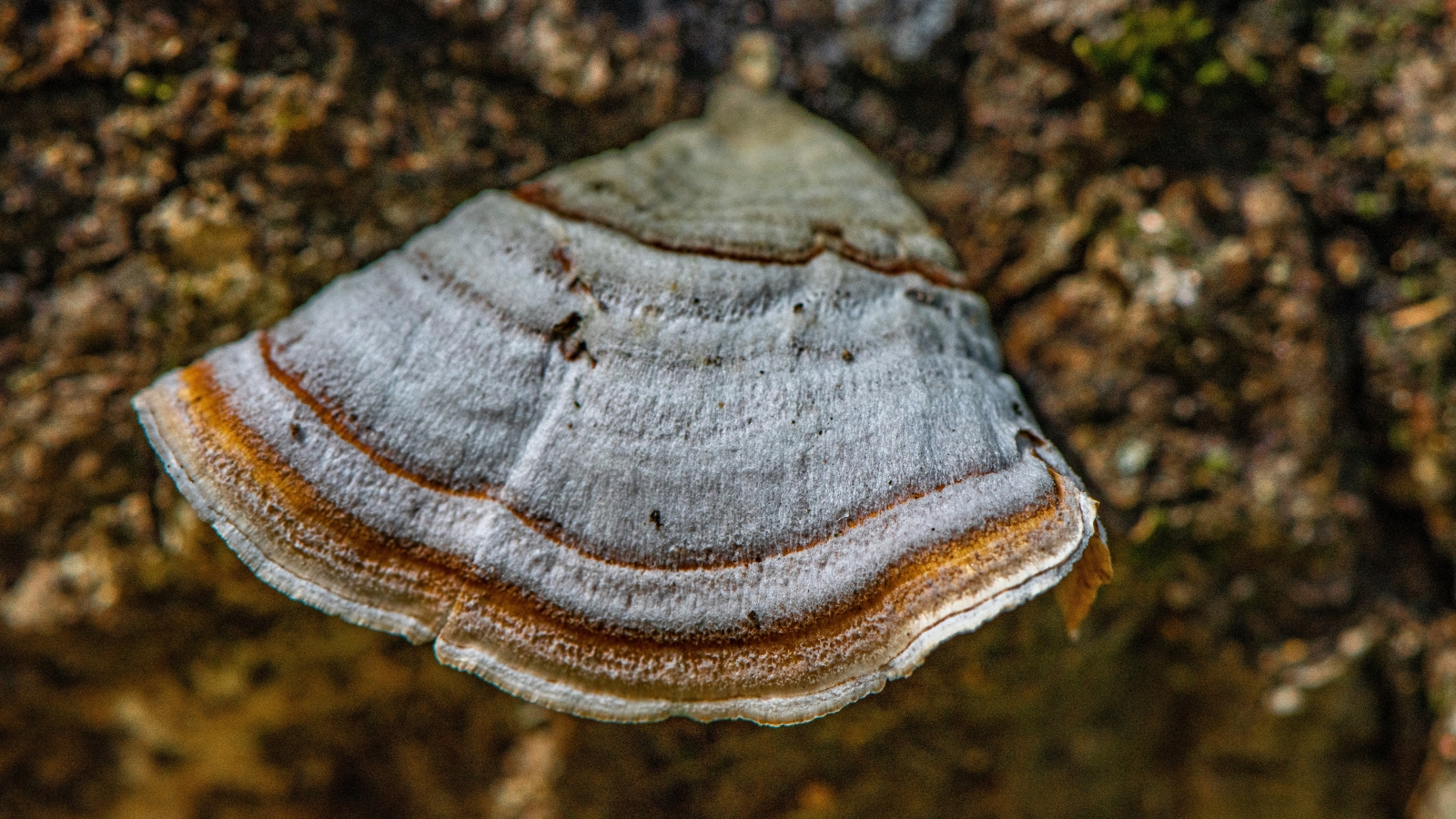
Health Benefits and Medicinal Uses
The Agarikon mushroom has been revered for centuries for its remarkable medicinal properties, and modern scientific research continues to illuminate its incredible therapeutic potential. From its antimicrobial and antiviral activities to its anti-inflammatory and immune-boosting effects, the Agarikon mushroom is a promising natural remedy with a wide range of potential applications.
Overview of Medicinal Compounds in Agarikon
The potent medicinal properties of the Agarikon mushroom can be attributed to the presence of various bioactive compounds, including polysaccharides, triterpenes, and antimicrobial agents. These compounds have captured the attention of researchers worldwide, who are investigating their mechanisms of action and potential therapeutic applications. Polysaccharides, in particular, are believed to play a crucial role in the mushroom’s immune-modulating and antiviral activities.
Research and Studies on Agarikon’s Health Benefits
Numerous scientific studies have explored the potential health benefits of Agarikon mushrooms, with promising results. Research has suggested that extracts from these fungi may possess significant antiviral properties, with potential applications in the treatment of influenza, HIV, and other viral infections.
Additionally, Agarikon has been investigated for its anti-inflammatory and antioxidant effects, which could be beneficial in managing conditions like arthritis, reducing oxidative stress, and supporting overall immune function.
Traditional and Contemporary Uses in Medicine
For thousands of years, indigenous cultures have recognized the healing power of the Agarikon mushroom, incorporating it into their traditional medicine practices. The Cree Nation of North America and the Siberian peoples of Russia have a long history of utilizing Agarikon to treat a wide range of ailments, including respiratory issues, digestive problems, and infections.
In contemporary times, Agarikon extracts and supplements have gained popularity in alternative and complementary medicine, with many individuals incorporating them into their wellness routines for their purported health-promoting properties.
How to Harvest Agarikon Mushrooms
Harvesting Agarikon mushrooms from the wild can be a rewarding experience, but it’s crucial to approach this practice with care and responsibility. These fungi are a valuable natural resource, and their populations can be vulnerable to overharvesting and habitat destruction. By following sustainable practices, adhering to legal guidelines, and employing proper processing techniques, we can ensure the continued availability of Agarikon mushrooms for medicinal and culinary purposes.
Sustainable Harvesting Practices
When foraging for Agarikon mushrooms, it’s essential to prioritize sustainable harvesting practices to protect these precious fungi and their natural habitats. This involves only collecting fully mature mushrooms, leaving behind a portion of the fruiting body to allow for spore dispersal and future growth.
It’s also crucial to avoid overharvesting in any given area, as this can deplete local populations and disrupt the delicate balance of the ecosystem. Responsible harvesters should take only what they need and respect the natural regeneration cycles of these fungi.
Legal Considerations and Permissions
Before venturing into forests or protected areas to harvest Agarikon mushrooms, it’s imperative to research and comply with local laws and regulations. In many regions, permits or permissions may be required for foraging activities, particularly in protected areas or on public lands.
Failure to obtain the necessary permits can result in legal consequences and harm conservation efforts. It’s also essential to respect private property boundaries and obtain permission from landowners before harvesting on private lands.
Processing and Preservation for Medicinal Use
Once harvested, Agarikon mushrooms require proper processing and preservation to maintain their medicinal potency and extend their shelf life. Drying is a common method for preserving these fungi, as it removes moisture and prevents spoilage. Additionally, Agarikon can be processed into various forms, such as tinctures, powders, or extracts, for convenient and long-term storage.
Proper drying techniques, such as air-drying or using a dehydrator, and appropriate storage conditions are crucial to ensure the preservation of the mushroom’s bioactive compounds and medicinal properties.
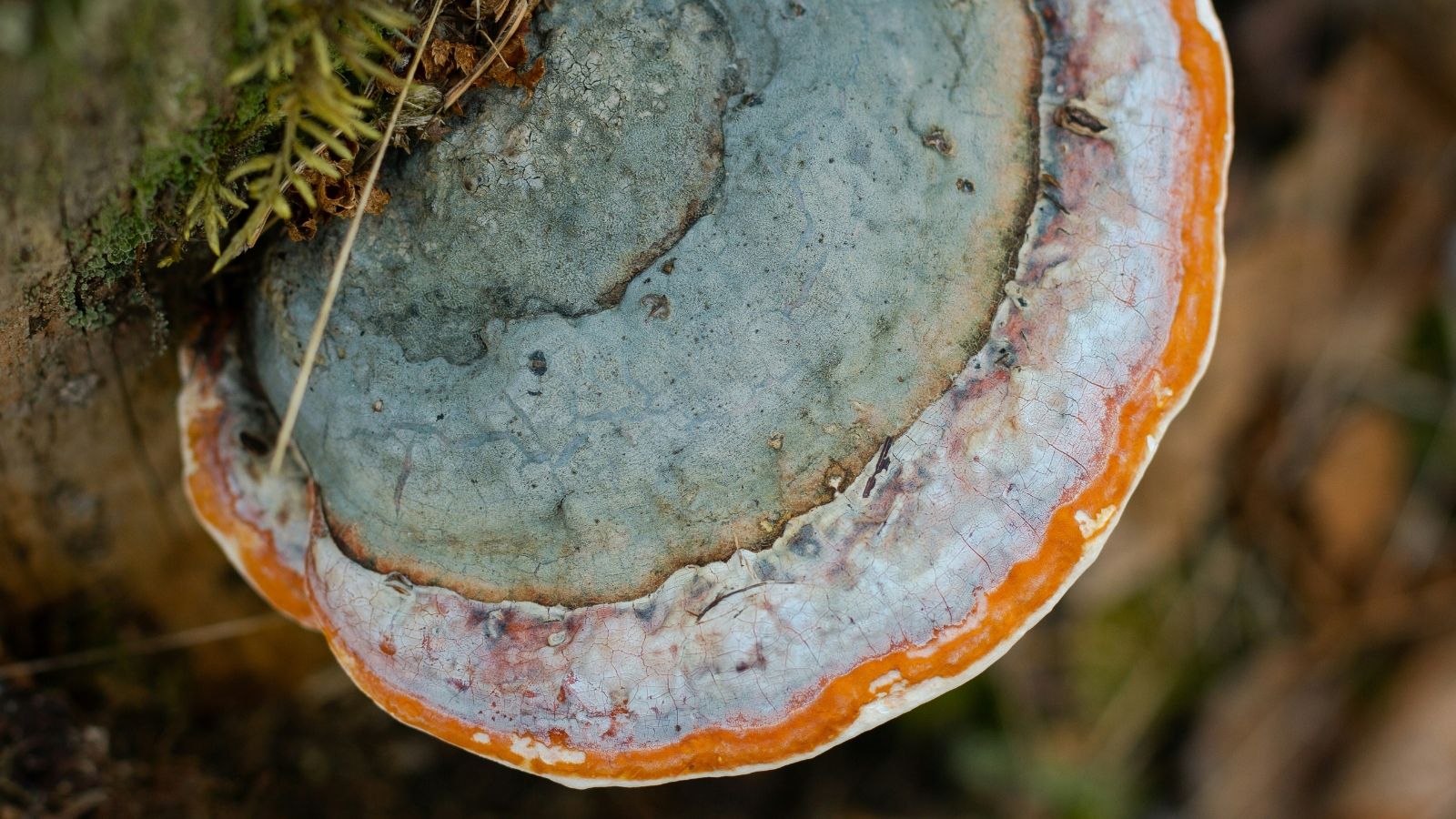
Cultivating Agarikon Mushrooms
While Agarikon mushrooms are primarily found in the wild, there has been increasing interest in cultivating these valuable fungi for medicinal, research, and educational purposes. Cultivation offers a sustainable and controlled alternative to wild foraging, potentially reducing the pressure on natural populations while ensuring a consistent supply of these medicinal mushrooms.
Feasibility and Methods of Cultivation
The cultivation of Agarikon mushrooms is feasible, although it requires specific techniques and conditions. One common method involves inoculating hardwood logs or stumps with Agarikon spawn (mycelium) and providing the appropriate environmental conditions for growth, including temperature, humidity, and airflow.
Other cultivation techniques may involve the use of sawdust or wood chip substrates, or even the inoculation of living trees.
Challenges in Cultivating Agarikon
However, cultivating Agarikon mushrooms can be challenging, even for experienced mushroom growers. These fungi have specific habitat requirements and often form symbiotic relationships with their host trees, which can be difficult to replicate in controlled environments.
Factors such as temperature, humidity, and the presence of specific microorganisms can significantly influence the success of cultivation efforts. Additionally, the slow growth rate of Agarikon mushrooms can make the cultivation process time-consuming and labor-intensive
Tips for Amateur Mycologists and Enthusiasts
For amateur mycologists and enthusiasts interested in cultivating Agarikon mushrooms, it’s recommended to seek guidance from experienced cultivators or mycological societies. Starting with small-scale experiments and closely monitoring environmental conditions can increase the chances of successful cultivation.
It’s also advisable to thoroughly research the specific requirements of Agarikon mushrooms and to be patient throughout the cultivation process, as these fungi can take several months or even years to fully develop their fruiting bodies.
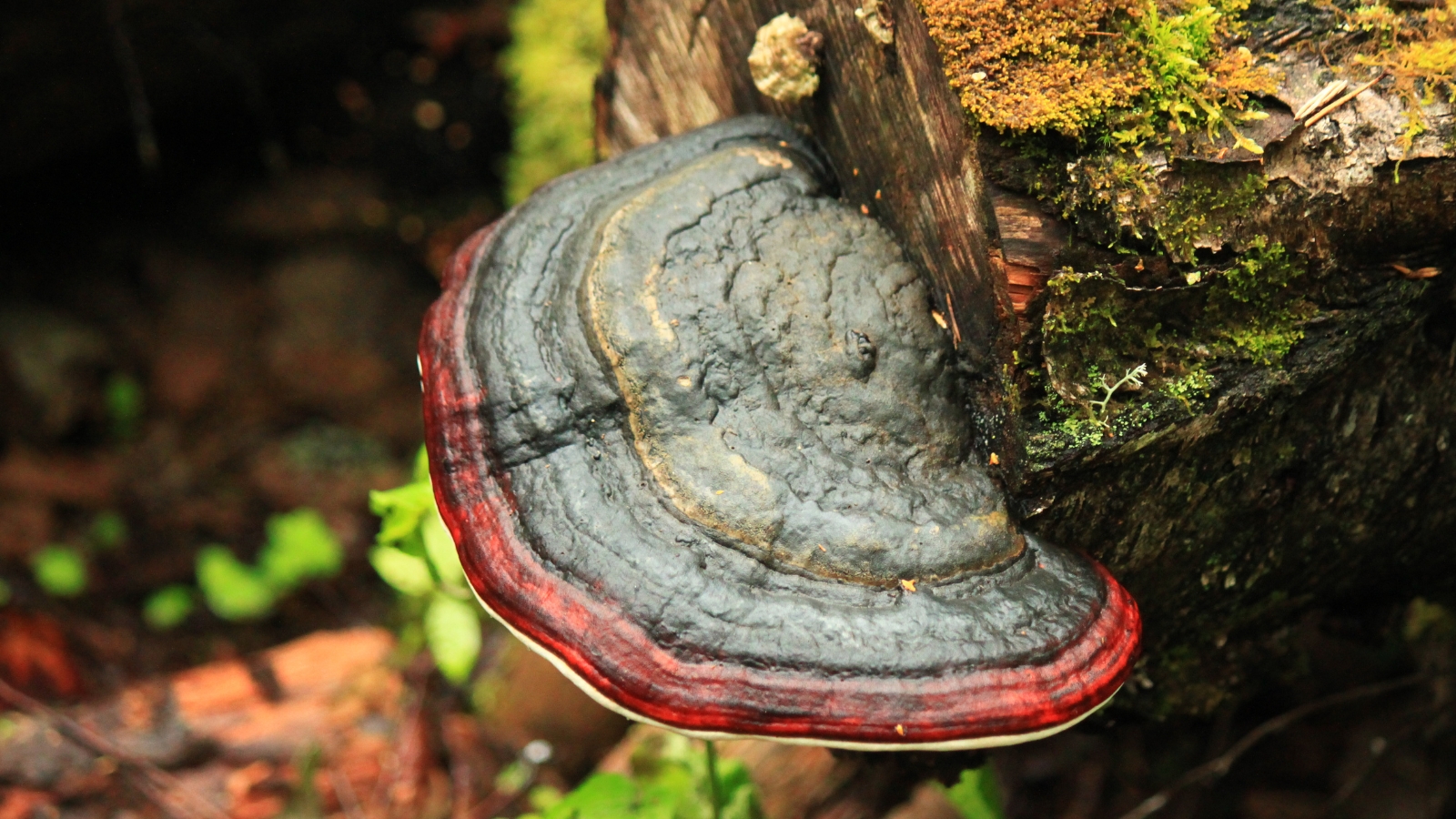
Final Thoughts
The Agarikon mushroom is a true marvel of nature, offering a wealth of medicinal potential and cultural significance. As we continue to explore and understand this remarkable fungus, it is crucial that we approach our interactions with the natural world in a responsible and sustainable manner.
By adhering to ethical foraging and cultivation practices, supporting conservation efforts, and fostering a deep appreciation for the delicate balance of ecosystems, we can ensure that future generations can continue to benefit from the gifts of the Agarikon mushroom and the wonders of the natural world. Let us embrace our role as stewards of the environment and champions of sustainable living.
